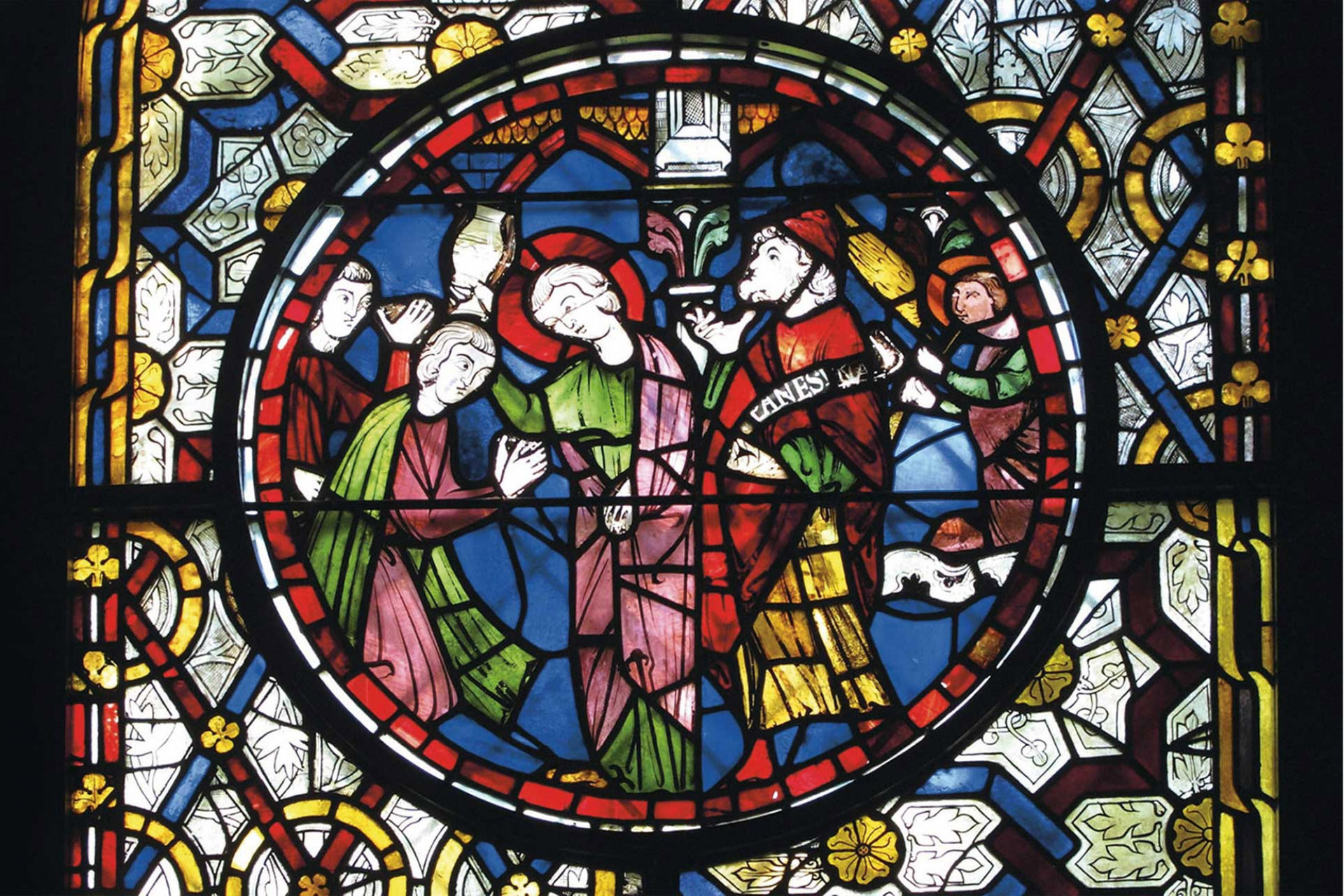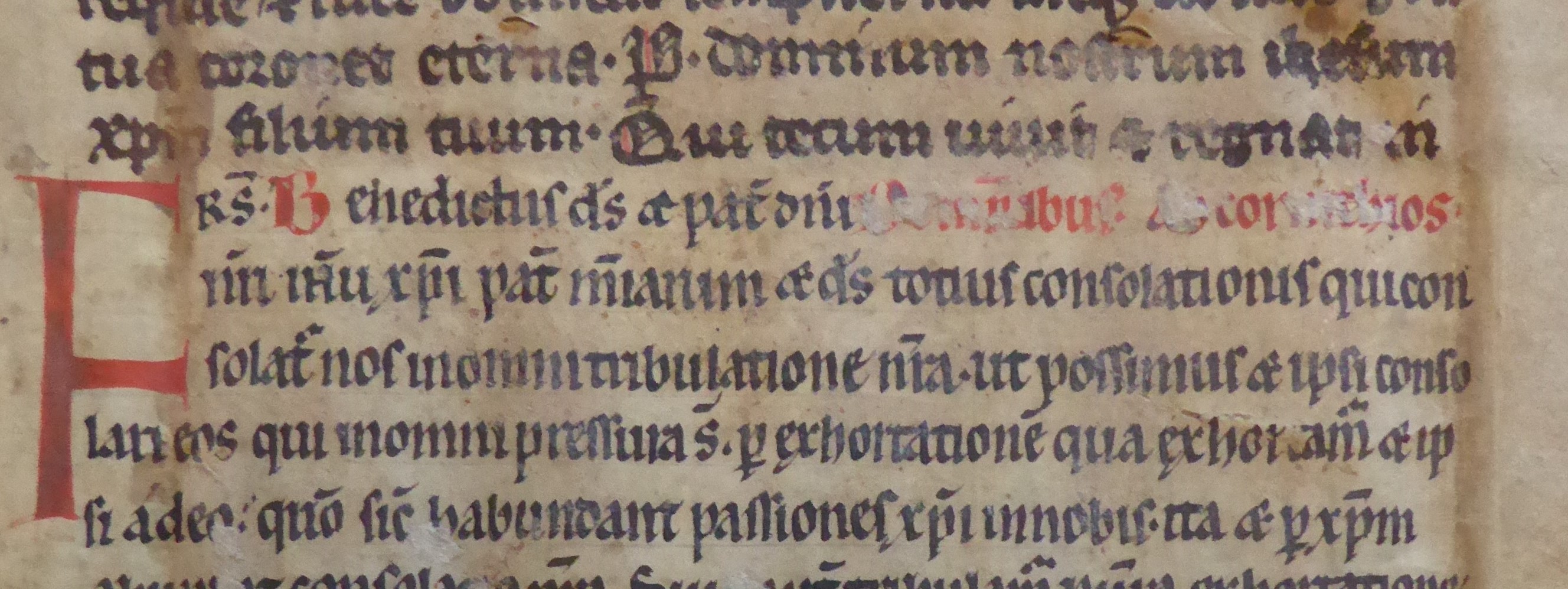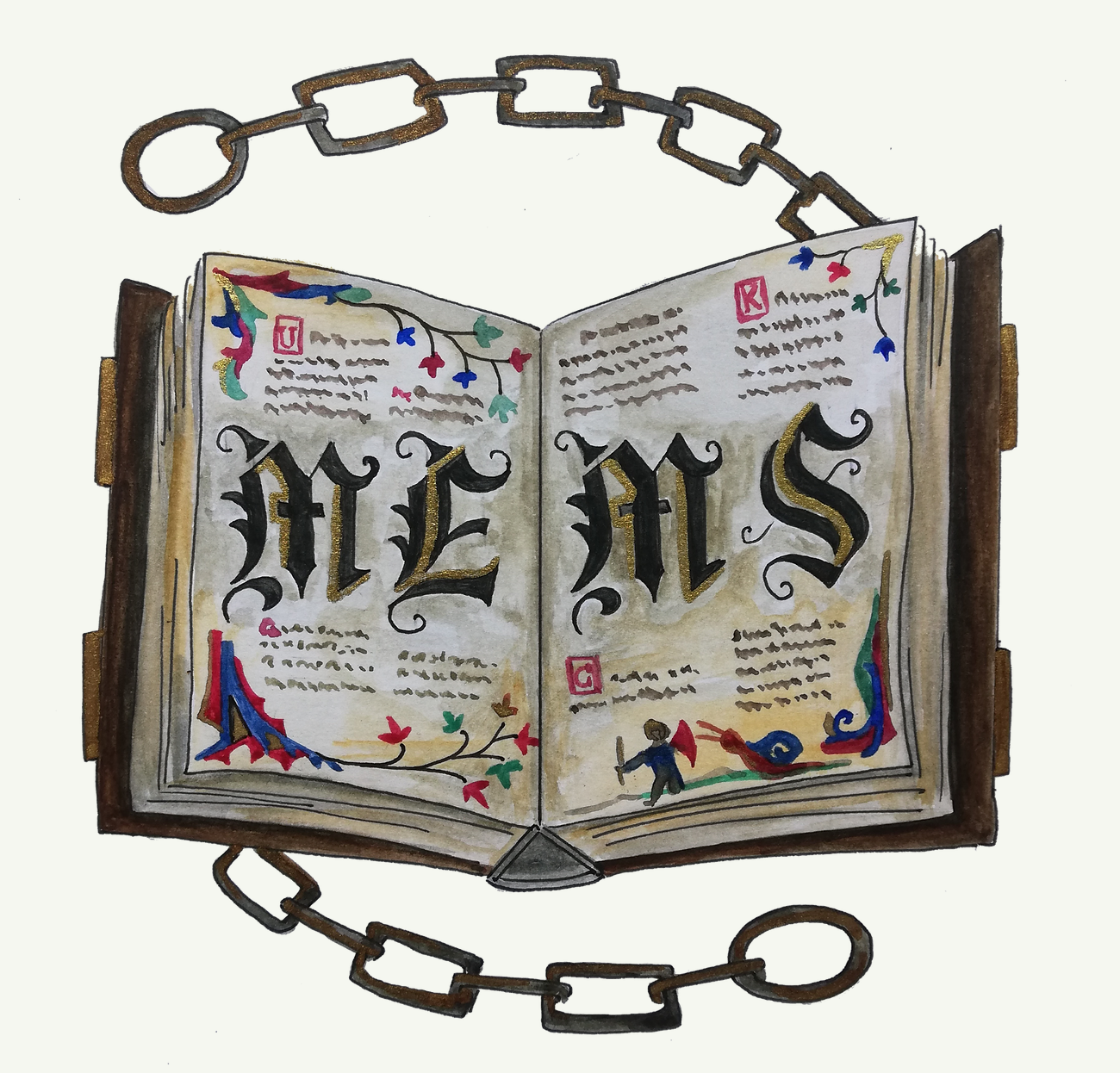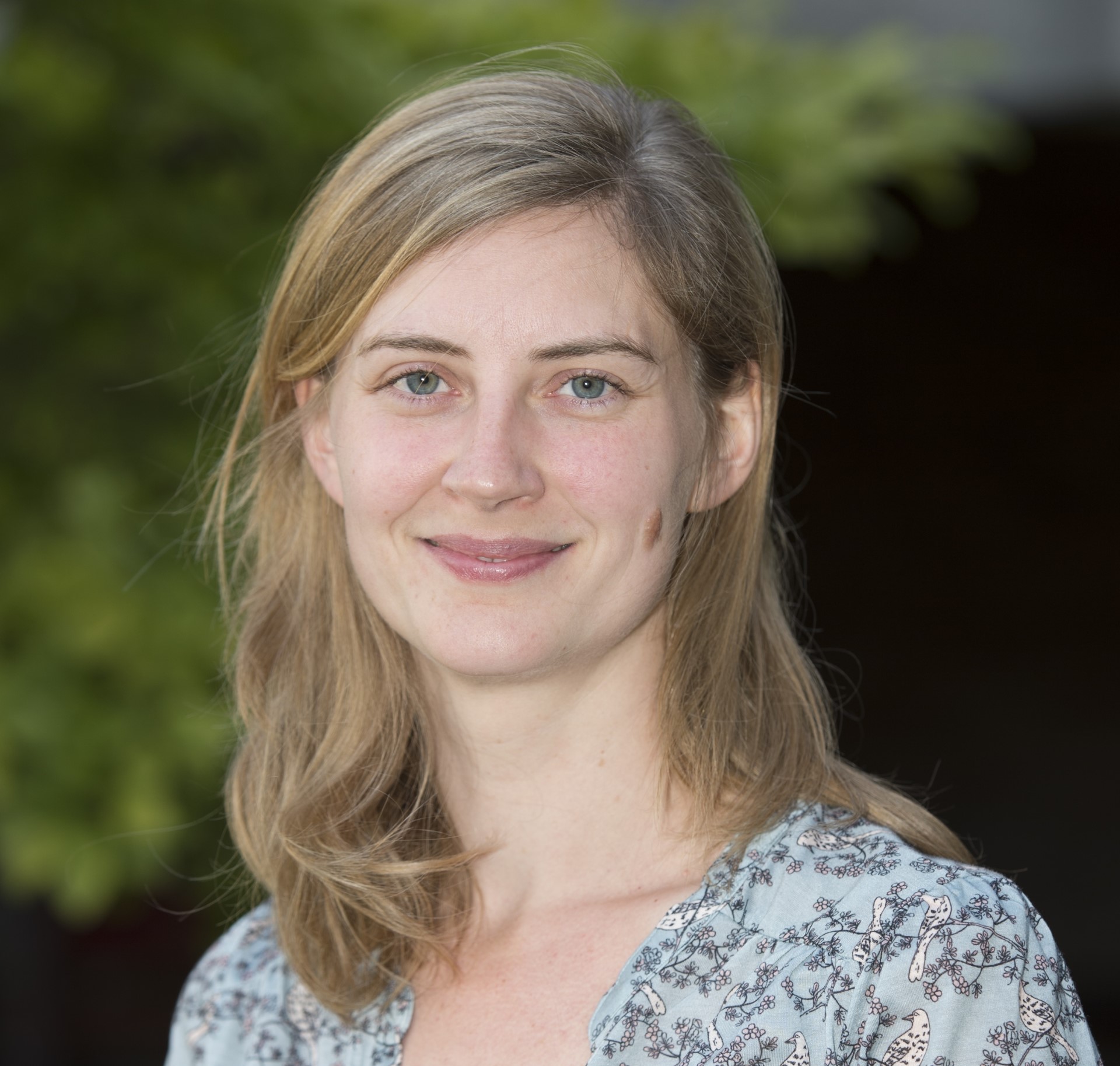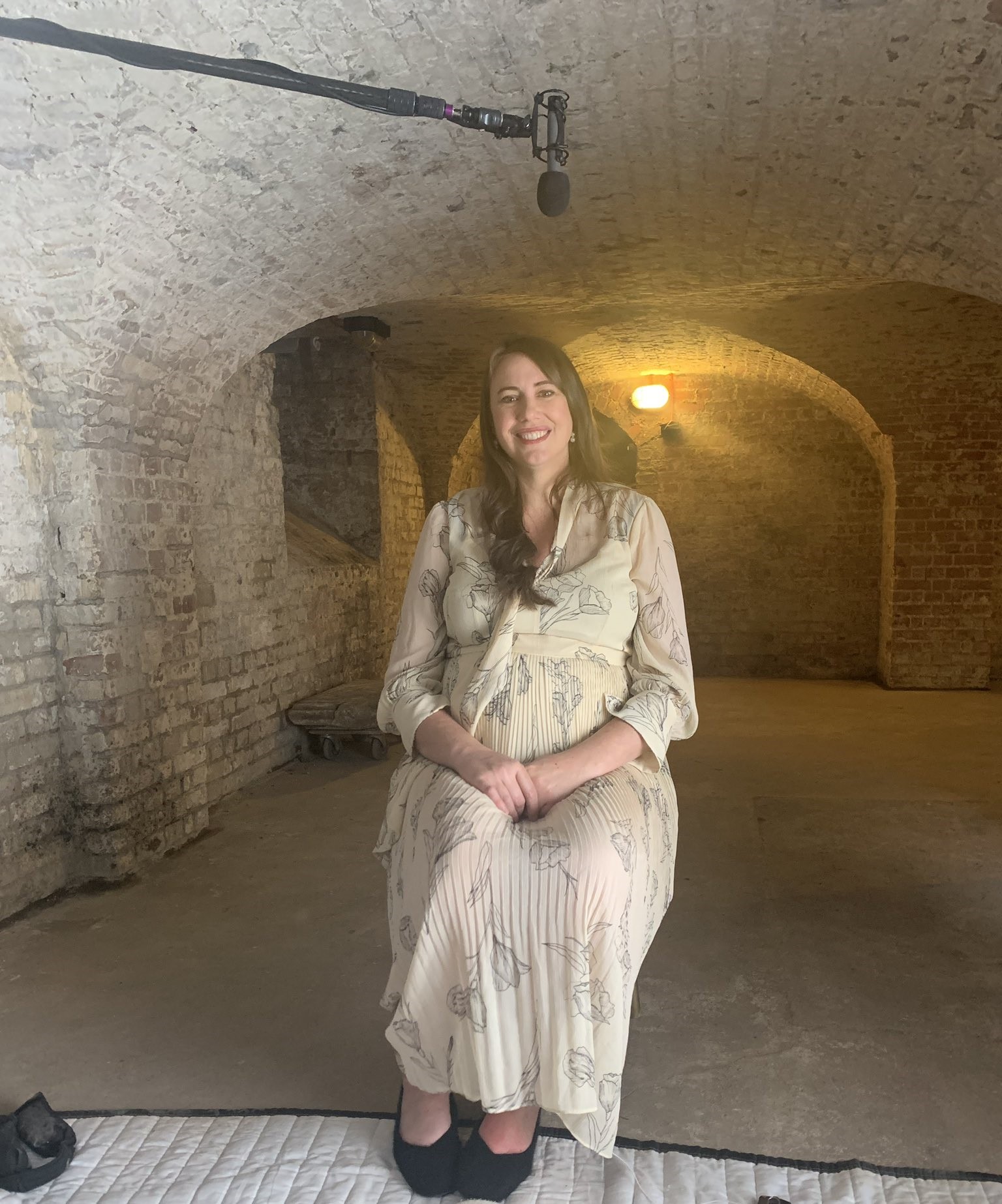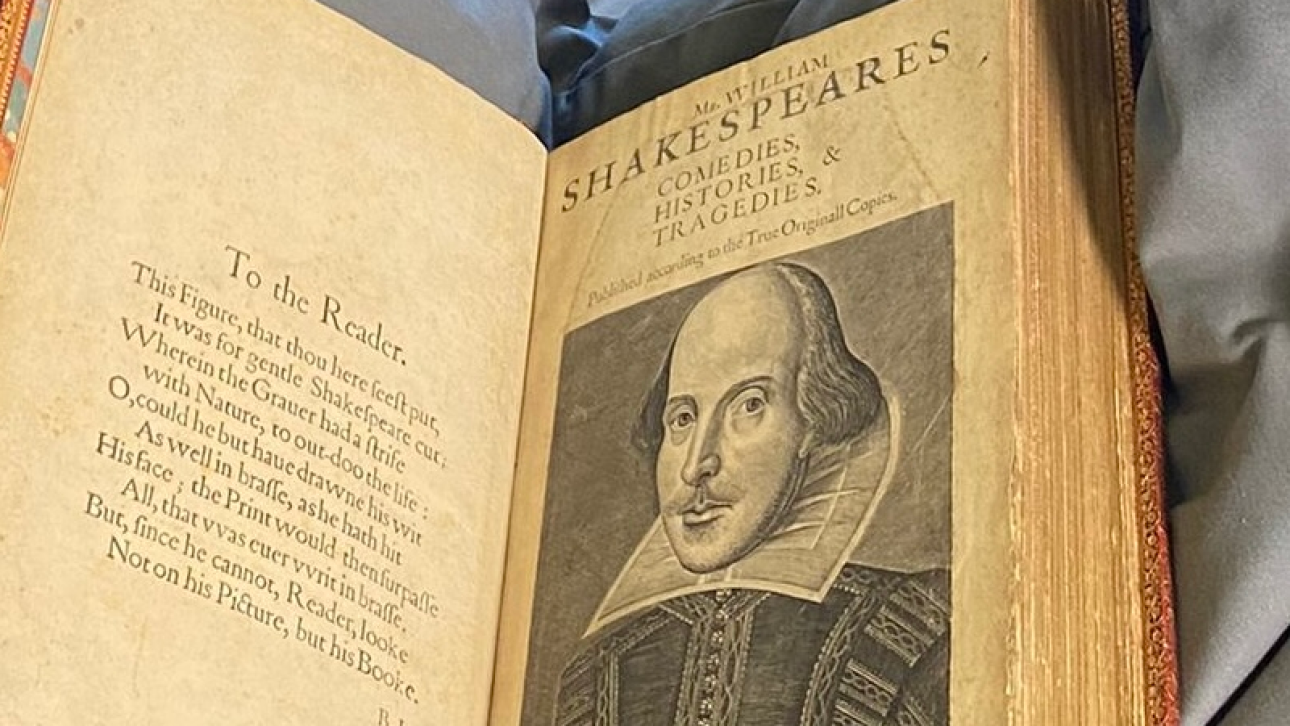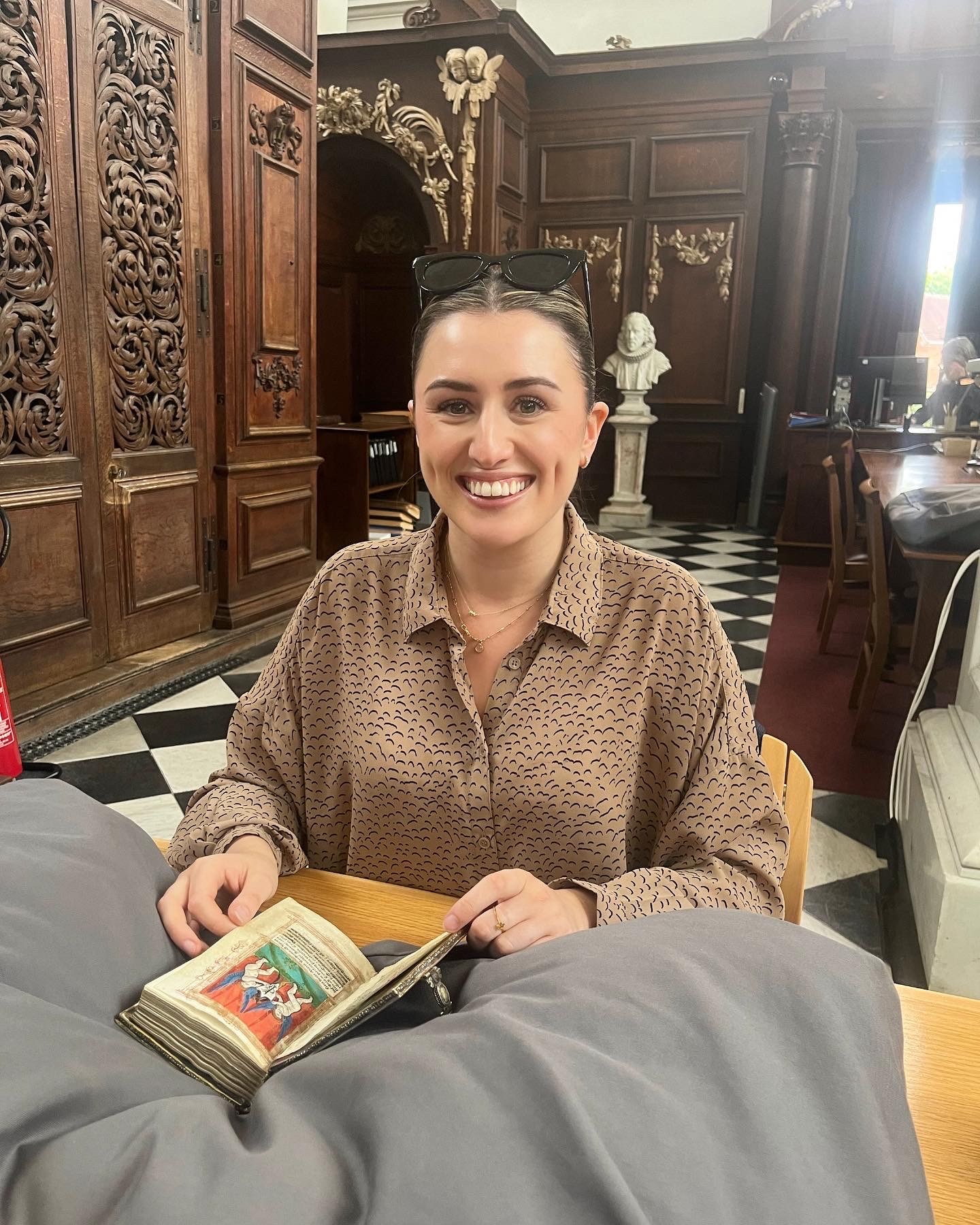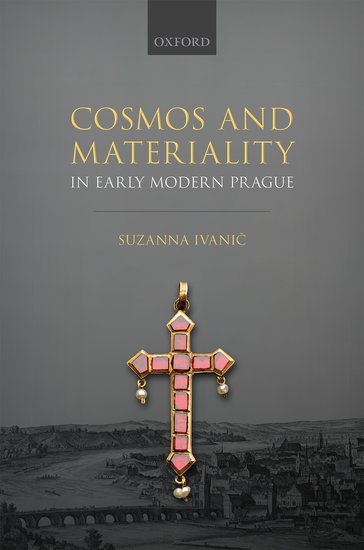Next week, over 2,700 medievalists will convene at the annual Leeds International Medieval Congress. As usual, several members of the MEMS community will be participating … Read more
Category: News
MEMS Fest 2024 – announcing our new committee
We are delighted to announce our new MEMS Fest 2024 committee who will be running our 10th annual festival on Friday 14th and Saturday 15th … Read more
MEMS celebrates funding success for doctoral scholarships
MEMS is celebrating a significant funding success. In partnership with King’s College London, it has been awarded a prestigious Doctoral Scholarships Programme by the Leverhulme … Read more
MEMSLib: the new team get to work
We are delighted to introduce the new team responsible for MEMSLib, our award-winning student-led resource project. MEMSLib is a digital library which provides curated listings … Read more
MEMS welcomes new director, Dr Suzanna Ivanic
We are delighted to announce the appointment of a new director of MEMS, Dr Suzanna Ivanic. Suzanna is Senior Lecturer in Early Modern History in … Read more
MEMS art historian on TV again
One of the stars of MEMS can be seen on television, again. Dr Emily Guerry is a medieval art historian and former Co-Director of the … Read more
Celebrating Four Hundred Years of Shakespeare’s First Folio
This year marks the quatercentenary of the publication of what is now known as the First Folio of William Shakespeare’s Comedies, Histories, & Tragedies. More … Read more
MEMS alumna in the news again
Graduates of the MEMS MA make good use of their training. An outstanding example of this truth is how the research of Kate McCaffrey has … Read more
Dr Suzanna Ivanič wins the Society for Renaissance Studies Biennial Book Prize 2022
Congratulations to Dr Suzanna Ivanič for winning the Society for Renaissance (SRS) Biennial Book Prize 2022 for Cosmos and Materiality in Early Modern Prague (Oxford: … Read more
Monograph shortlisted for Society for Renaissance Studies book prize
Recognition for research in the Centre for Medieval and Early Modern Studies continues, as Dr Suzanna Ivanic’s monograph Cosmos and Materiality in Early Modern Prague … Read more
